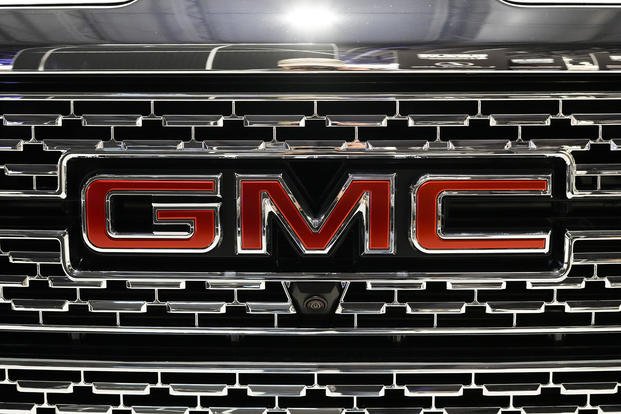(The article below was sponsored by General Motors.)
You've probably seen them hauling tourists around the streets of America's biggest cities, but in spite of that carefree utility, the wartime history of the "Duck" is one of significant import.
In April 1940, GMC Truck Engineering began to build a prototype of the model DUKW353 2½-ton 6x6 amphibious cargo/troop carrier truck for the U.S. Army. After completion in June, that prototype passed Army acceptance tests, and a purchase contract was issued. Production started on Nov. 10, culminating a very short concept-to-production period. This model was nicknamed the "Duck" because its coded serial letters were "DUKW."
The first model DUKW353 "Duck" trucks were delivered in late 1943. The chassis was based on model CCKW353 with high forward controls. A central tire inflation system was available, which allowed the driver to adjust tire pressure from his seat. Lowered pressure provided better flotation and traction on soft ground.
Initially, Ducks were built on Chevrolet's Plant 2 assembly line in St. Louis, which previously built buses. (131,733 GMC trucks were produced that year, all of them military vehicles.)
Loaded with troops and fighting equipment, Ducks were part of the first waves of assaults from New Guinea to Normandy during World War II. And after those beachhead ballets were won, these versatile vehicles continued to work, transporting tons of supplies from ships at sea to inland depots.
After playing an important role in the landing in Sicily, Ducks were used by the hundreds when the British invaded the "toe" of Italy. Then as Allied Forces began closing in on the Axis, Ducks helped to make successful landings at Salerno, Naples, Anzio and Nettuno. They were also used extensively at Tarawa, Kwajalein, Arawe, Hollandia and Saipan in the South Pacific.
For navigation on the high seas, the Duck was designed with a 31-foot steel hull that surrounds the truck frame assembly. The driving power was switched from the wheels to a rear-mounted propeller with the flip of a lever. The rudder and front wheels were steered by the same mechanism.
To keep the hold "high and dry" when the water was rough, the Duck had a "surfboard" at the front, a tarpaulin top and powered bilge pumps. The chassis and wheels gave the vehicle additional balance and stability as well.
The Duck could reach speeds upward of 50 mph on hard-surfaced roads, but those were a luxury in both theaters of the war. The vehicle was equipped with a unique tire inflation control system -- innovative engineering for the time -- that allowed drivers to adjust the tire pressure to give the best possible traction for whatever terrain they encountered.
And as the Nazis retreated eastward, the Duck's half-boat, half-truck capability came in handy, allowing the vehicles to cross waterways where bridges had been destroyed.
In March 1944, production of a limited selection of medium- and heavy-duty trucks for civilian use resumed under the U.S. War Production Board. Those trucks were available only to operators certified worthy by the WPB. That year, GMC received the Army-Navy "E" Award for Excellence in the war effort.
The U.S. Army considered the GMC 2½-ton 6x6 the best trucks in service during the war and the GMC "Duck" the most outstanding of new ordnance weapons.
During World War II, GMC built a total of 583,925 multi-drive military vehicles, including 528,829 6x6 trucks, 21,147 Ducks (in Chevrolet's St. Louis plant) and 32 armored cars. Fifty-nine U.S. War Department contracts were fulfilled, plus contracts with Great Britain, France and other allies. The value of GMC military sales during the war totaled $1.5 billion.
Read more about GM's extensive role in military history.
Want to Learn More About Military Life?
Whether you're thinking of joining the military, looking for fitness and basic training tips, or keeping up with military life and benefits, Military.com has you covered. Subscribe to Military.com to have military news, updates and resources delivered directly to your inbox.







